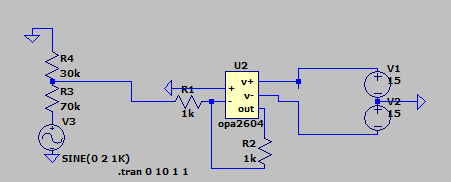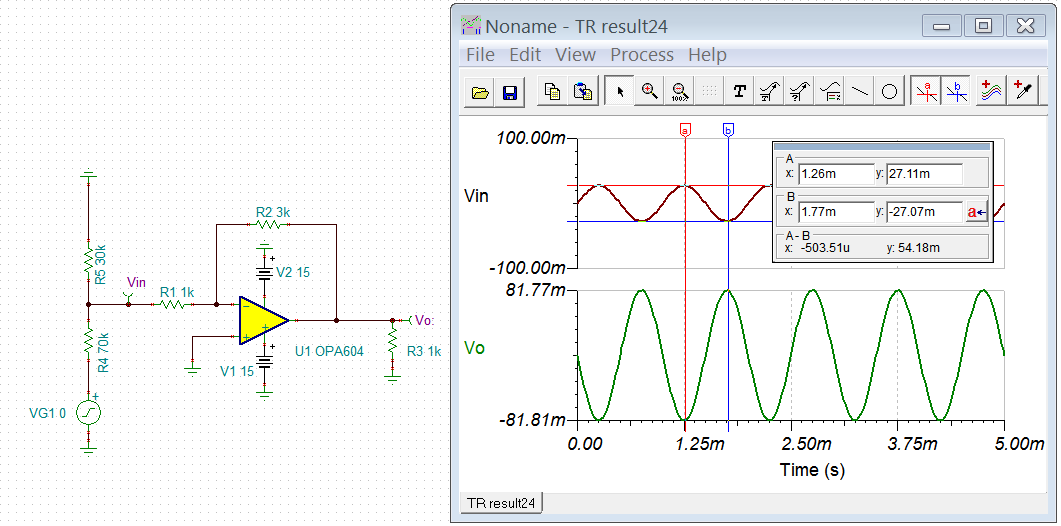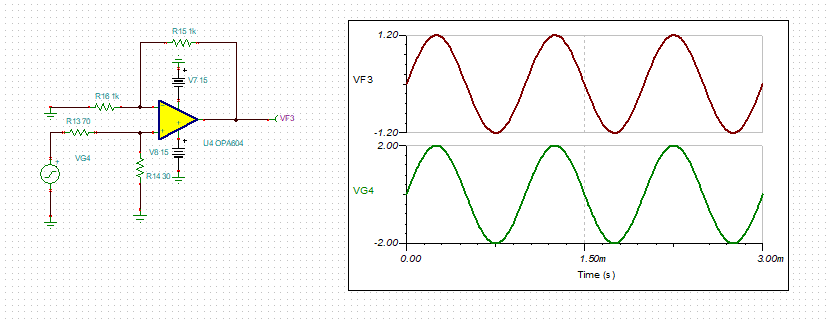Other Parts Discussed in Thread: LM4562, OPA2604, TL072
Hello, I would like to ask a question about some opamps are not working in my simple voltage follower circuit. I have tried tl072, opa2111kp, opa2604, lm4562, and some other opamps. Only tl072 and opa2111kp working good in my circuit, the others can't provide correct output, and only very loud noise If I listen to the output signal(even if the input is unplugged) . I am quite sure the opamps aren't broken, because I have tried over 10 opamps, and both of them working fine with the headphone amp circuit with Non-inverting amp with 3v/v gain.






